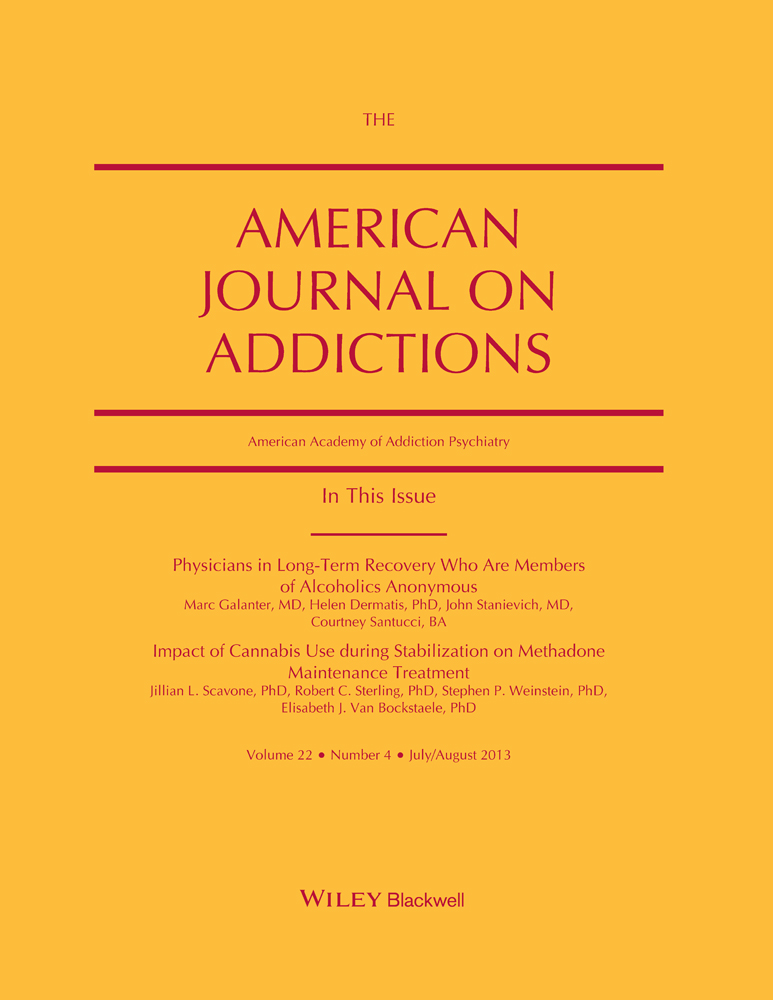Predictors of Diabetes Mellitus and Abnormal Blood Glucose in Patients Receiving Opioid Maintenance Treatment
Abstract
Background
Buprenorphine is a partial opioid agonist and may have less impact on the risk of developing diabetes mellitus (DM) compared to full opioid agonists like methadone.
Methods
We conducted an observational retrospective study to investigate the predictable factors for impaired glucose tolerance and predisposition to DM in two groups of opiate addicts receiving long-term methadone maintenance treatment (MMT) [n = 58] or buprenorphine maintenance treatment (BMT) [n = 61].
Results
In our cohort, being African American, hepatitis C positive status, elevated AST, and ALT, and being on methadone were significantly correlated to being diagnosed with DM. Among all those factors, being on methadone was most significantly related to being diagnosed with DM (χ2 = 3.9888, p-value = .0458). The BMI was the only factor that was significantly correlated to having abnormal A1c level (χ2 = 6.4229, p-value = .0113).
Conclusions
Buprenorphine may be less likely to contribute to the development of DM than methadone. More research is needed to understand the link between opioids and DM. (Am J Addict 2013;22:411–416)




